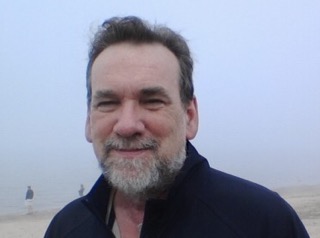“Oppenheimer” Cinematographer Hoyte van Hoytema on Making History With Christopher Nolan
Oppenheimer marks the fourth collaboration between director Christopher Nolan and cinematographer Hoyte van Hoytema. And like their past efforts, the story of J. Robert Oppenheimer (Cillian Murphy), the theoretical physicist who spearheaded the effort to create the atomic bomb and then came under attack when he warned the world of its dangers, is anything but routine. It’s a three-hour epic that has mesmerized audiences around the globe, a masterclass in storytelling, and a visual feast that manages to blow your mind without deploying a single visual effect. In short, Oppenheimer is a masterpiece.
In a conversation with The Credits, Nolan’s longtime collaborator discusses the surprising things about working with the director, bespoke lenses, and recreating the Trinity Test by eschewing spectacle for something more intimate and far more harrowing.
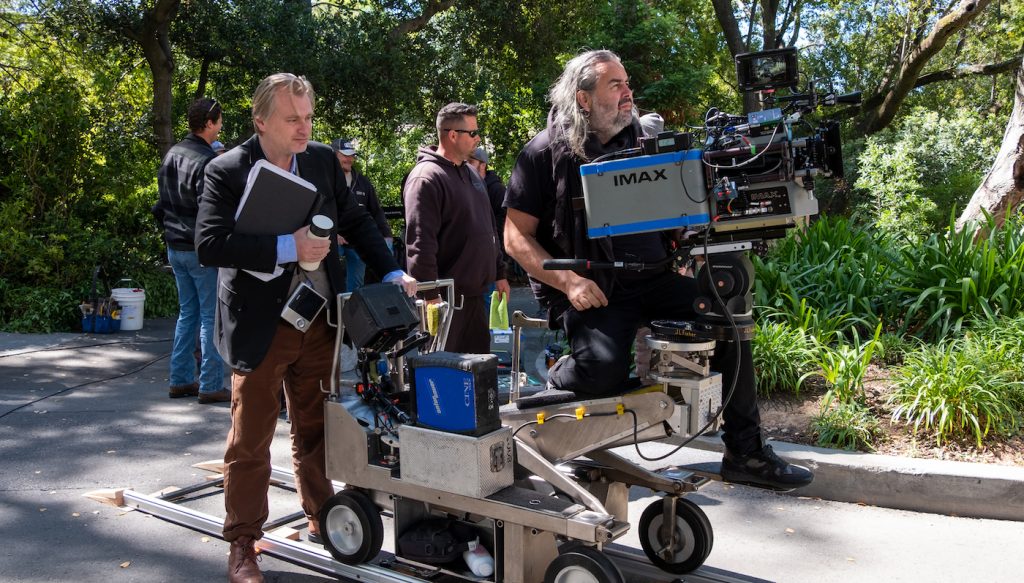
In what ways does Oppenheimer differ from your past collaborations?
Obviously, every film is different with Chris. He is definitely challenging himself. He doesn’t want the next film to be similar to the previous one. How did this film differ? This was a biopic. He’s never done anything like that before. Also, this was one of the first films where he wanted to turn inward. This is essentially a film about faces and thoughts. There was a different way of thinking about that.
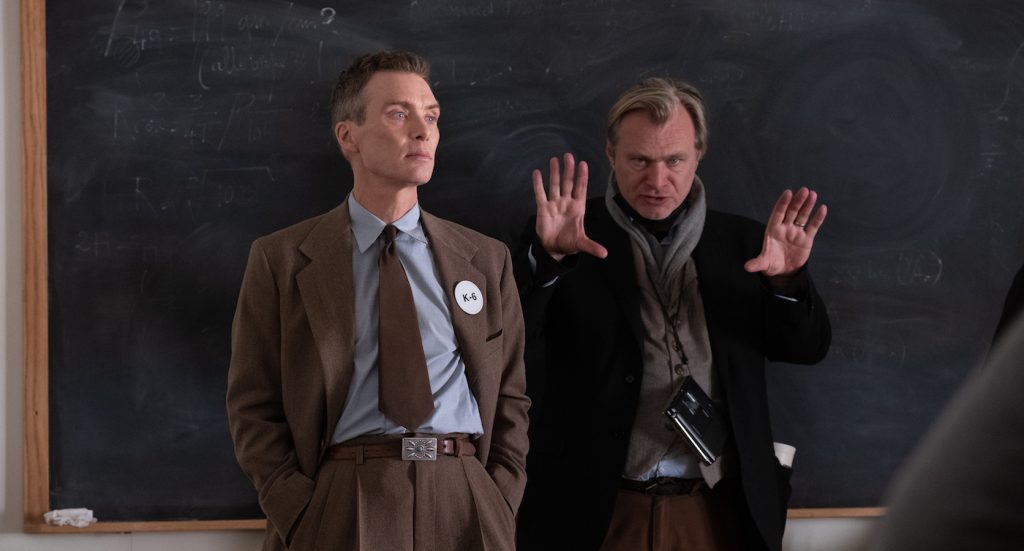
Oppenheimer features vivid scenes of color and segments in black and white. Can you talk about creating those various looks?
Well, I’m a little allergic to the word. “Looks” hints at a surface patina. Film, for me, is a visceral medium. I’m more concerned about organic flow. I love the idea that you can take it in and have an emotional reaction to it. I never build an entity with looks. I always hope that it becomes an organic soup that somehow makes sense.
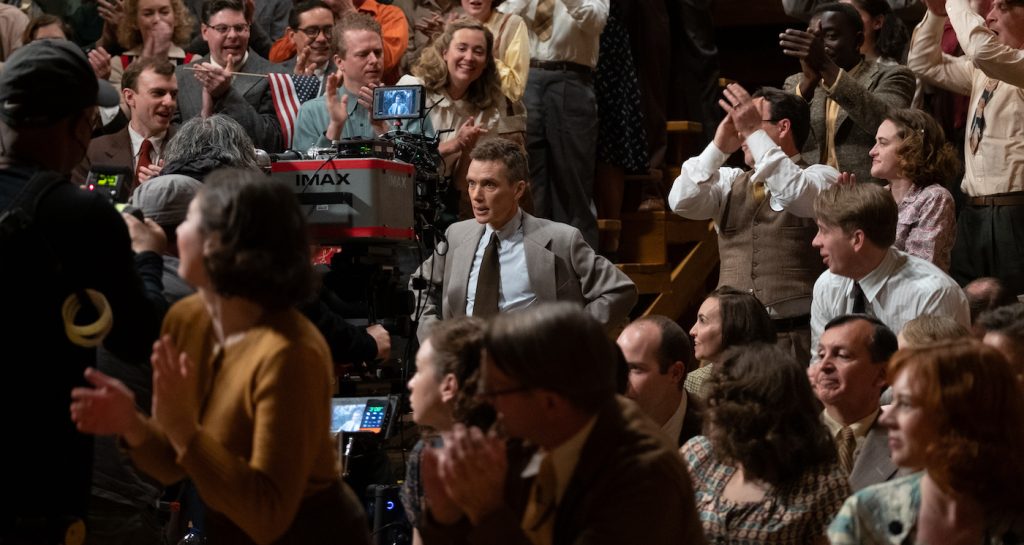
How do you achieve this organic soup?
We wanted to create a feeling of living in Oppenheimer’s head…to touch on the way he changed traditional physics into the new abstract world of quantum physics. It’s a time in which people started thinking conceptually differently about music, the arts. And also physics — that the fabric of our world is not built from molecules, but waves and their energies. That was our color world.
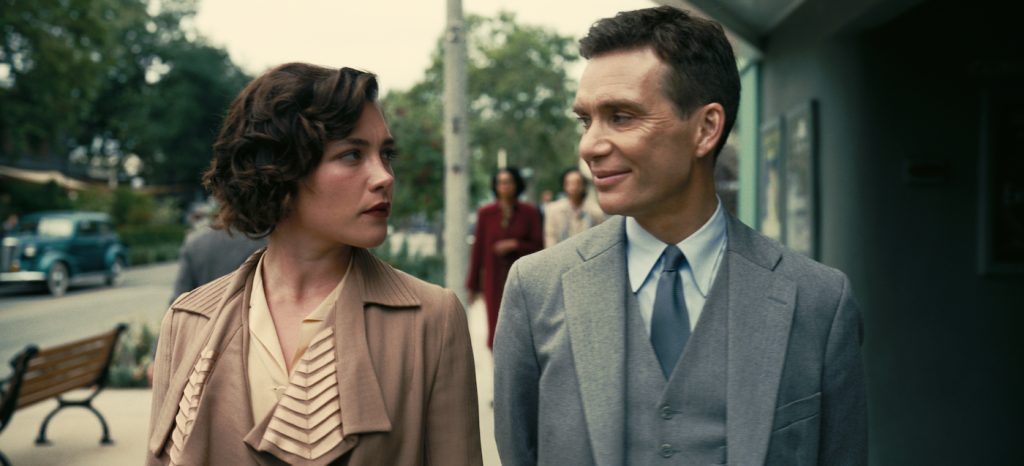
(Lewis) Strauss (the government official, played by Robert Downey Jr., who instigated a campaign to discredit Oppenheimer in the 1950s), on the other hand, is Oppenheimer’s nemesis. And in order to distinguish between those two storylines, the choice was made to go black and white so we could maneuver within those two worlds.
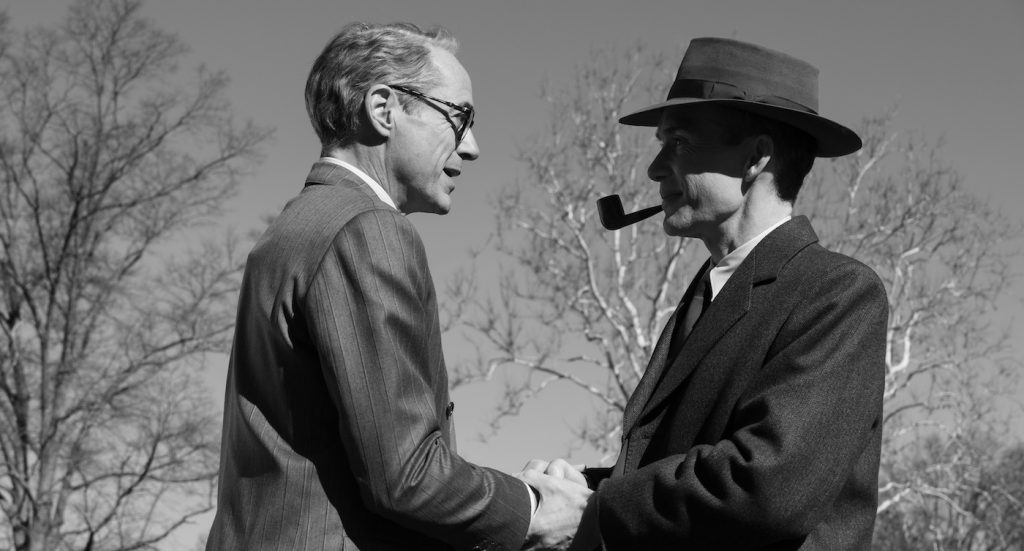
And then you ask why black and white? It was something Chris and I grew up watching. Chris shot his first film in black and white. I went to a Polish film school and saw films that I adored in black and white. We had an intuitive connection to that medium. Above that, we love to do things in-camera. We love to work on real negatives with as little digital interference as possible. For us, it was an obvious method.
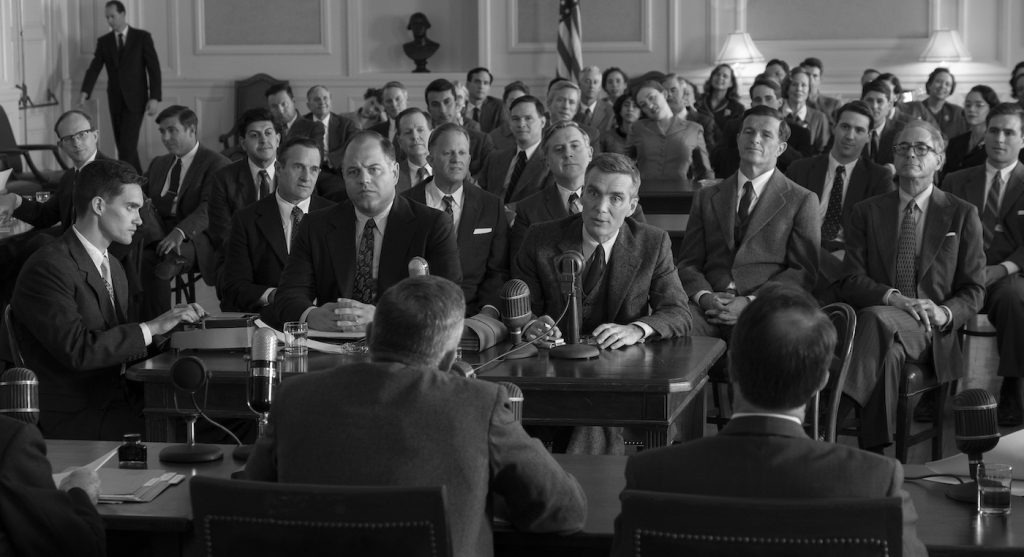
You mentioned Oppenheimer’s close-ups. What were the challenges of creating such personal images for large-scale viewing?
I think the fact that the scope has to be about big subjects is a misconception. I had to learn that myself. Can you find the scope in the face of a person? I posed that question early on and started working with that concept. I firmly believe that if you make a good close-up and people look into the eyes of the players and feel the peripheral vision, you see a wide, expansive world through that face. Faces become your landscape. You have to be able to look into Oppenheimer’s world through his eyes.
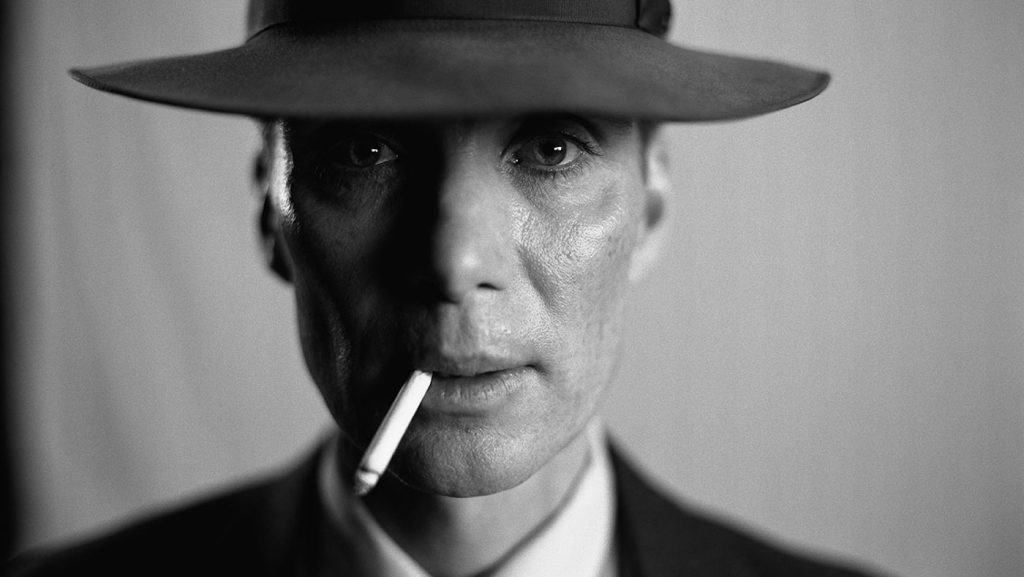
Courtesy of Universal Pictures.
What do you remember most about recreating the atomic blast?
I remember reading this segment in the script and thinking, “Okay, let’s not read this thoroughly yet because how are we ever gonna do this?” Chris is extremely pragmatic, and his guidance is always important. He has already envisioned a lot of the storytelling obstacles in his head. He’s a master of the timeline and how consecutive images can paint one image. So when you’re thinking about the Trinity test, you don’t think about one single image; you think about the collection of images that tell that story. And you start to dissect. You break it down into smaller pieces. Some of those pieces bring the size and the scope. And along the way, you find ways to communicate that feeling of seeing it for the first time.
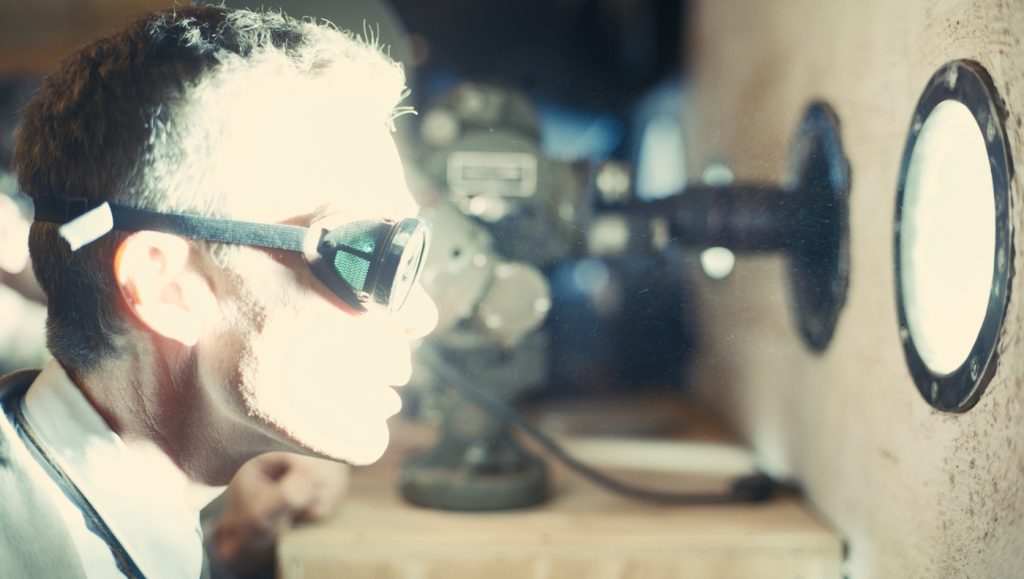
What images did you decide on to help re-create what that experience must have been like?
We read a lot of witness accounts of the scientists that were there. They’re very emotional. Everything else was physics, but they were overwhelmed the moment they saw that thing. They had a poetic way of describing what they were seeing — the colors, the brightness of light, for instance. That’s something I can translate into photography. I wanted to avoid trying to photograph this big thing that would blow everybody away. We wanted to stay close to the way people experienced it. Strangely enough, it is about restraint. Let go of the Hollywood inside you. Just be truthful to the experience. Trust that that experience is actually something that people haven’t seen in a film and deserve to witness.
A little of “less is more”?
“Less is more” is something that always sings in my head. I think that a lot of my best choices come from restraint. Film is a collection of thousands of “less is more” choices. You’re always struggling between what your Hollywood devil on your shoulder tells you to do and what purity on the other shoulder tells you. On one hand, it’s what you think the audience wants to see. On the other, it’s trying to distill things, be simpler and more truthful. I think that people recognize honesty.
Can you give us a peek into your toolbox?
We always use custom lenses. They’re not off-the-shelf. For this one, we wanted to be part of the game, the epicenter where stuff was happening. We didn’t want to peek from the outside. And in order to feel that proximity, we needed to tweak the lenses to focus closer on the faces.
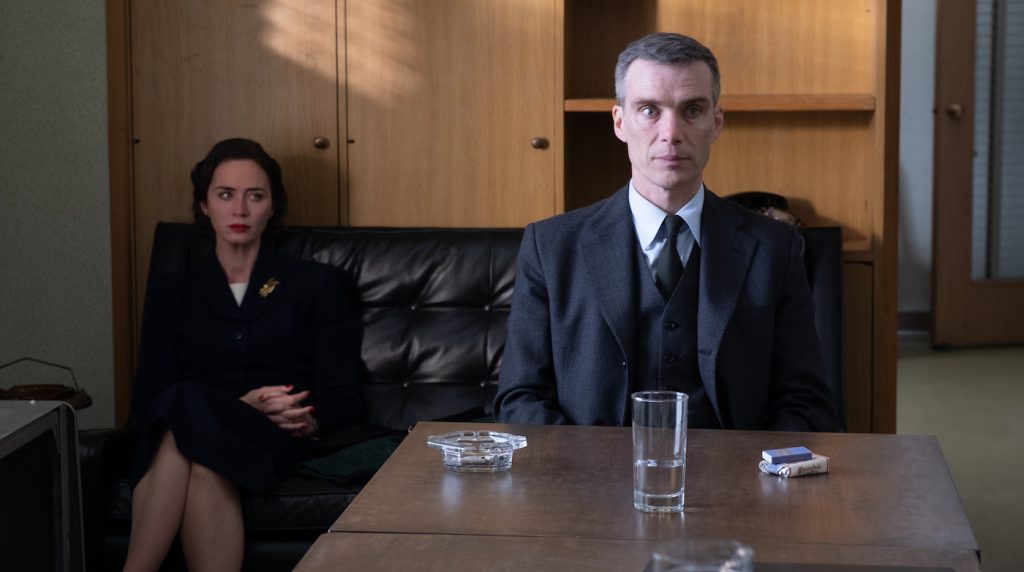
We shot a lot of close-ups on slightly wider lenses than we usually do. Our IMAX workhorse lens is a 40-millimeter. Traditionally, we would never shoot close-ups on that. When you get close to an actor, you have to reduce the distortion on the face. So we needed to rebuild that lens to get closer while reducing the distortion. There was a balancing act, but we were fanatic about creating a language in which we feel we were participating and not just observing.
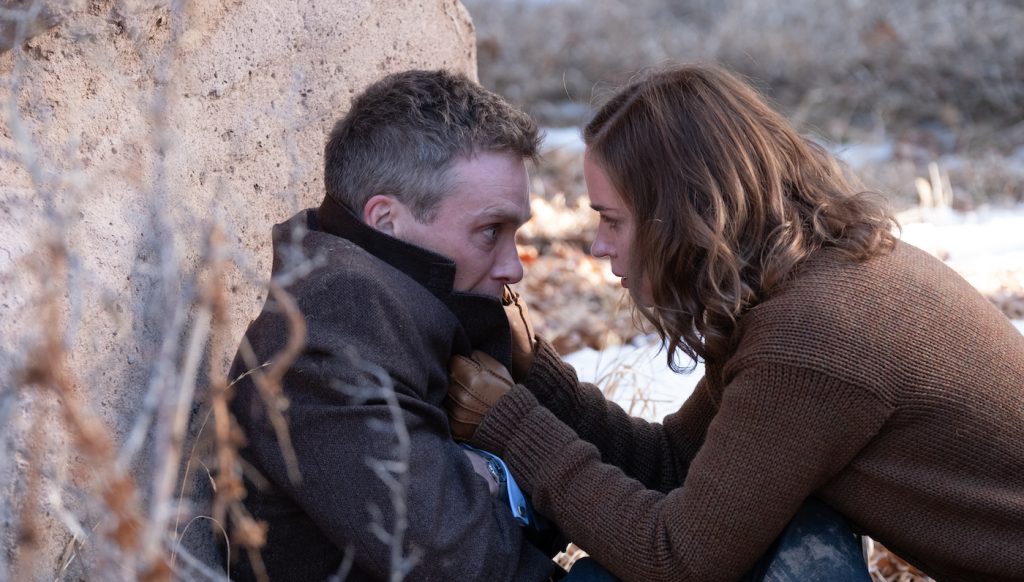
For the technical stuff — the atoms colliding with each other, the stars, the black hole — we built a super macro lens that didn’t exist before. It enabled us to actually put a wide lens in between two small entities and gaze through it as if it was a landscape. [He holds up a lens with the wording “HVH IMAX Oppenheimer Probe Prototype 2022.”] We were building and engineering those kinds of things all the time. But this lens became pivotal to a lot of that microworld.
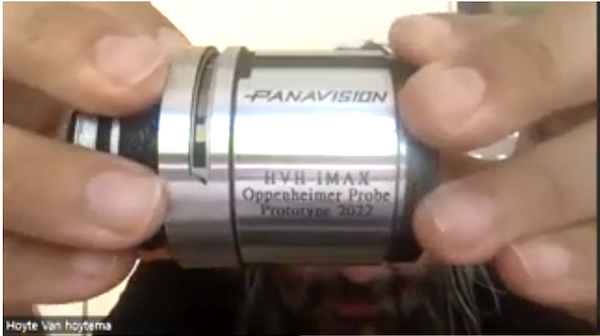
Is there anything you’d like to say about Oppenheimer that no one has asked you yet?
You wouldn’t believe how much I’ve been talking about this film. I just returned from Holland, where I talked on live television for literally three hours straight. What I always love to say is something people don’t realize about working with Chris. People think that he’s all about precision and planning…being extremely meticulous. And in many ways, he is. But what I think people sometimes forget is how intuitive he is. He understands his audience on a visceral level. And that’s what I love about working with Chris. He’s a technical master but also allows himself to step away from that and feel. I can’t say that enough. It’s not only technical perfection; he infuses heart into it.
Oppenheimer is in theaters now.
For more on Oppenheimer, check out these stories:
“Oppenheimer” Production Designer Ruth De Jong on Helping Christopher Nolan Build the Bomb
“Oppenheimer” Composer Ludwig Göransson Creates a New Kind of Atomic Scale
“Oppenheimer”: Character Actor David Dastmalchian Doesn’t Want to Disappoint
Christopher Nolan on Exploding Myths & Exposing Humanity in “Oppenheimer”
Featured image: OPPENHEIMER, written and directed by Christopher Nolan. Courtesy Universal Pictures.


